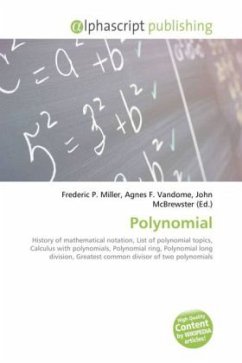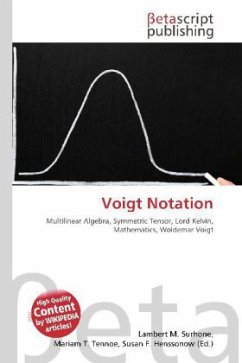High Quality Content by WIKIPEDIA articles! Polish notation, also known as prefix notation, is a form of notation for logic, arithmetic, and algebra. Its distinguishing feature is that it places operators to the left of their operands. If the arity of the operators is fixed, the result is a syntax lacking parentheses or other brackets, that can still be parsed without ambiguity. The Polish logician Jan ukasiewicz invented this notation around 1920 in order to simplify sentential logic. When Polish notation is used as a syntax for mathematical expressions by interpreters of programming languages, it is readily parsed into abstract syntax trees and can, in fact, define a one-to-one representation for the same. Because of this, Lisp (see below) and related programming languages define their entire syntax in terms of prefix or postfix expressions.
Bitte wählen Sie Ihr Anliegen aus.
Rechnungen
Retourenschein anfordern
Bestellstatus
Storno








